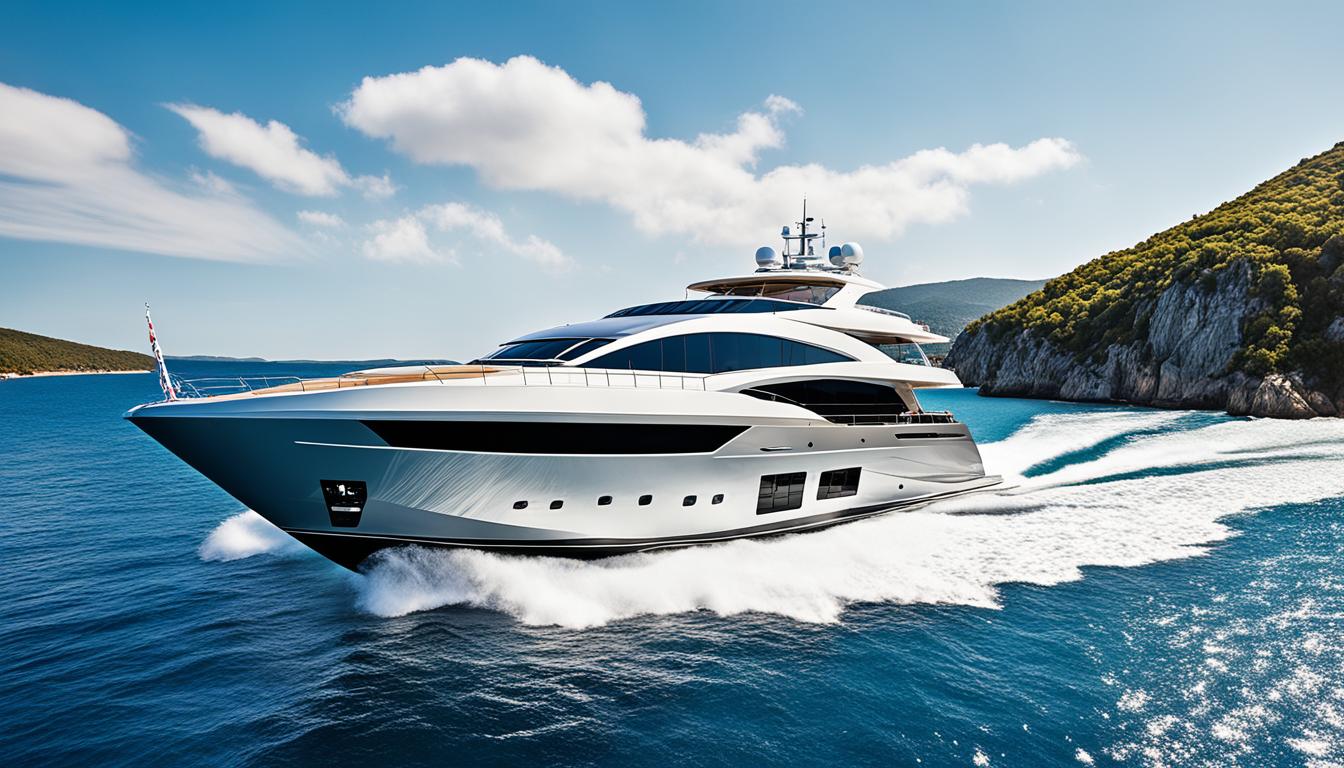Antique jewelry value assessing the worth and historical of vintage and collectible jewelry pieces
Antique jewelry holds a unique allure, not just for its beauty but also for the rich history it embodies. Assessing the value of these vintage and collectible pieces requires a deep understanding of their historical significance, craftsmanship, rarity, and market trends. Whether you’re a seasoned collector or a newcomer to the world of antique jewelry, understanding the factors that determine a piece’s worth is essential.
Key Takeaways
- Historical Significance: The era in which a piece was created adds depth to its value, reflecting the cultural and artistic trends of the time.
- Craftsmanship and Materials: The quality of materials and the level of craftsmanship play a significant role in determining value.
- Rarity and Provenance: A piece’s rarity, along with its provenance or historical ownership, can greatly enhance its worth.
- Market Trends: Current demand for certain styles or periods influences the market value of antique jewelry.
- Condition and Authenticity: The condition and authenticity of a piece are critical in its valuation, with well-preserved and verified pieces commanding higher prices.
Historical Significance: The Story Behind the Piece
The historical context of antique jewelry is a key factor in its valuation:
- Era and Style: Jewelry from specific periods, such as Georgian, Victorian, or Art Deco, carries distinctive characteristics that reflect the cultural and artistic trends of that time. The popularity of these styles fluctuates, impacting value.
- Cultural Impact: Pieces that were influenced by or contributed to significant cultural or historical events may hold additional value, especially if they were owned or commissioned by notable figures.
Craftsmanship and Materials: Quality That Stands the Test of Time
The craftsmanship and materials used in antique jewelry are critical to its worth:
- Artistry: The intricacy and skill evident in the design and construction of the piece are major value indicators. Handcrafted pieces often exhibit superior craftsmanship compared to modern, mass-produced jewelry.
- Materials: The use of high-quality materials such as precious metals, rare gemstones, and natural pearls adds to the value. The purity of gold or platinum and the quality of gemstones (including their cut, clarity, and carat) are particularly important.
Rarity and Provenance: The Power of Exclusivity
Rarity and provenance can significantly elevate the value of antique jewelry:
- Limited Production: Pieces that were produced in limited quantities or are the work of renowned jewelers are often more valuable due to their rarity.
- Provenance: A piece’s history of ownership, especially if it was owned by a famous person or has a well-documented history, can increase its value. Provenance adds a layer of intrigue and historical significance.
Market Trends: The Influence of Demand
The market for antique jewelry is dynamic, with trends influencing the value of certain pieces:
- Popularity of Styles: Certain periods and styles may be more in demand at different times, affecting market prices. For example, Art Deco jewelry may see a resurgence in popularity, leading to higher valuations.
- Collector Interest: The preferences of collectors and buyers can drive up the value of specific types of antique jewelry, especially if there is a limited supply.
Condition and Authenticity: Preserving the Integrity
The condition and authenticity of antique jewelry are paramount in determining its value:
- Condition: Jewelry that has been well-preserved or expertly restored typically commands higher prices. Pieces that are in mint condition or show minimal signs of wear are especially valuable.
- Authenticity: Verifying the authenticity of a piece, including confirming it is from the stated period and crafted by the claimed jeweler, is crucial. Fakes or reproductions are far less valuable, and expert appraisals are often necessary to confirm authenticity.
Conclusion
Assessing the value of antique jewelry involves a careful consideration of multiple factors, from its historical significance and craftsmanship to its rarity and market demand. Collectors and enthusiasts alike can gain a deeper appreciation for these timeless pieces by understanding what drives their worth.
Whether you are looking to invest in antique jewelry or simply appreciate its beauty and history, knowing how to evaluate its value will enhance your experience. Each piece of antique jewelry carries a story, and understanding that story is key to unlocking its true worth.
FAQ
What are the most important factors in valuing antique jewelry? The most important factors include historical significance, craftsmanship, materials, rarity, provenance, market trends, condition, and authenticity.
How can I determine if an antique piece is authentic? To determine authenticity, seek expert appraisals, look for hallmarks or maker’s marks, and research the piece’s provenance. Consulting with reputable antique jewelry dealers can also provide valuable insights.
Why is provenance important in valuing antique jewelry? Provenance adds historical context and can significantly increase the value, especially if the piece was owned by a notable person or has a well-documented history.
How do market trends affect the value of antique jewelry? Market trends influence demand, and certain styles or periods may become more popular, driving up prices for pieces from those eras.
What should I look for in terms of craftsmanship when assessing antique jewelry? Look for intricate, detailed work that reflects the skills of the jeweler. Handcrafted pieces with fine metalwork, unique settings, and high-quality gemstones are often more valuable.



